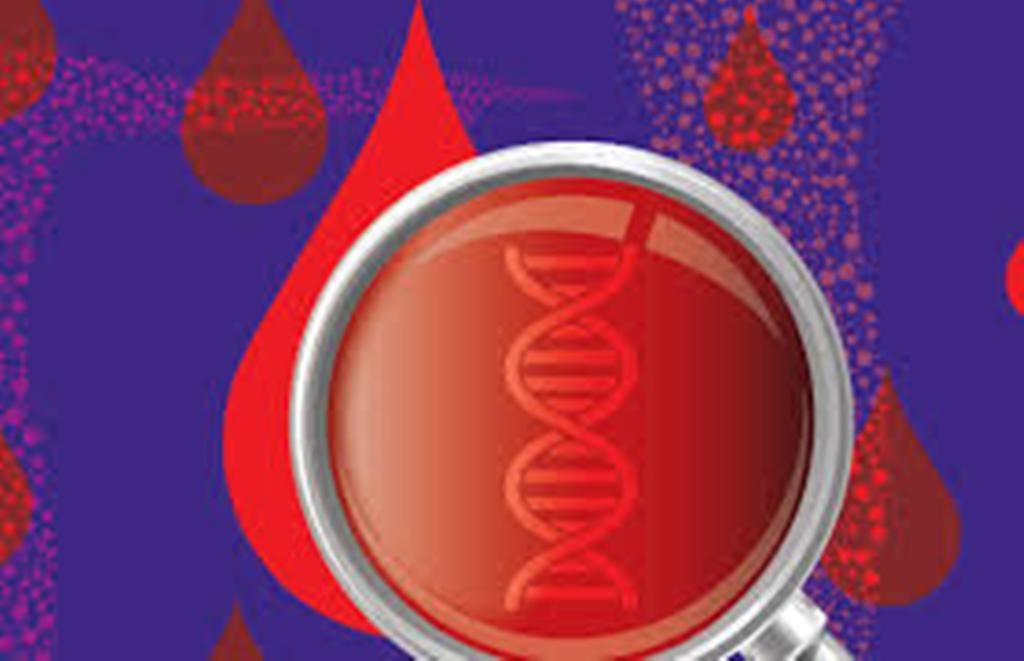
By- Dr Sameer Kaul,
The advent of next-generation sequencing has quickened the pace of discovery in oncology by making available an entire class of biomarkers that are the result of mutation analysis and are biologically tumor-specific. These genetic mutations drive virtually all forms of cancer.
The development of non-invasive methods to detect and monitor tumour has been a major challenge in oncology. Cancer diagnosis at its early stages is now made easy and non – invasive. Researchers have found that unique cancer mutations can show up in microscopic fragments of DNA in a patient’s blood.
What are tumor cells?
Tumors shed both intact cells (resulting in circulating tumor cells) as well as cellular components, such as nucleic acids (resulting in cell-free DNA or RNA).
Circulating Tumor Cells (CTC) – CTC enumeration serves as a marker for tumor growth as well as for defining tumor aggressiveness. Higher CTC counts mean negative cancer prognosis. They are formed by cell detachment from the primary tumor mass. A few challenges in isolating CTC are that they are very rare in the plasma, fragile that is it can easily vanish or get damaged during extraction. The main challenge is that they are heterogeneous which means all the types of cells need to be isolated individually.
Circulating Tumor Nucleic Acid (ctNA) – Circulating nucleic acids as noninvasive biomarkers for human disease. Increased levels of circulating nucleic acids (DNA, mRNA, and miRNA) in the blood reflect pathological
Processes. Types of cell-free nucleic acids –
· DNA (defined as cell-free DNA, cfDNA)
· miRNA (microRNA)
· mRNA
· Long non-coding RNAs (lncRNAs)
Circulating Tumor DNA (ctDNA) – ctDNA reflects disease progression and treatment responses. Tumor cells are large and multiply quickly so the phagocyte process does not happen efficiently within the tumor mass, leading to the accumulation of cellular debris and its release into the circulation.
Liquid Biopsy – how it is the need of the hour
Monitoring of a disease is fundamental for successful treatment of that disease. Cancer is a genetic disease, and the progression of cancer is characterized by high heterogeneity. T-cells are therapeutic resistant that is the tumors acquire new mutations that render them resistant to the therapies that target specific genetic mutations.
A liquid biopsy is a liquid biomarker that can be isolated from body fluids, such as blood, saliva, urine, ascites, or pleural effusion. Like a tissue biopsy, it is a representative of the tissue from which it has spread.
The non-invasive nature of liquid biopsies, which require only 5 mL of blood, means they are much easier to tolerate and the procedure is quicker than a surgical biopsy. The blood sample is then ‘spun down’ to get 2 mL of plasma which can be analysed for tumour DNA.
Tolerability and convenience are a major boost for patients. The biggest benefit lies in the potential of liquid biopsies to detect disease progression or treatment resistance long before it would trigger clinical symptoms or appear on imaging scans.
Liquid biopsies have become more clinically useful in recent years due to the ability to pair tests on circulating tumor cells with genomic tests.
Liquid Biopsy – Advantages over traditional methods
The molecular properties of this heterogeneous disease differ within a tumor. Primary tumor biopsy may not reflect current disease condition and may cause changes in the tumor cells. Traditional biopsy is invasive and the tissues are limited, which puts a question mark on the feasibility based on patient condition or the T-cell. Liquid biopsy addresses all these limitations!
Mutation analysis has traditionally been performed only on tissue biopsy material. However, many tumors are difficult to biopsy, are accessible only using fine needle aspirates, or are located either in unknown sites or in sites that are challenging and risky to access.
Radiographic approaches are often insensitive to changes in tumor response and the recovery of additional biopsy material assumes we can effectively identify the most important sample of the disease for analysis. The traditional methods for tumor assessment fail to capture the heterogeneity of the disease, especially during progression.
The Liquid biopsy can solve these problems. It is a supplementary biopsy mechanism that samples different parts of the disease from traditional surgical biopsy, has none of the associated side effects or risks being just a blood draw, can be repeated as needed for effective monitoring, and samples the part of the tumor that is associated with metastatic events.
Unlike traditional biopsies, liquid biopsies remove the need for invasive surgeries and procedures by instead allowing medical professionals to test for signs of cancer from a simple blood-draw. Hence liquid biopsies are easier to perform, giving hope to many that they will lead to earlier diagnoses of cancers in patients.
Certain fragments of DNA shed by tumours into the bloodstream can potentially be used to non-invasively screen for early-stage cancers, monitor responses to treatment and help explain why some cancers are resistant to therapies. Liquid biopsies have been made possible by advances in sequencing the human genome since scientists and researchers can now detect genetic mutations of cancers.
Tumor cells release Cell-free circulating tumour DNA (ctDNA) and circulating tumour cells (CTCs) in the plasma of the cancer patients. Therefore, assays using these molecules can be used for early tumor detection, monitoring or detection of resistance mutations.
ctDNA liquid biopsy allows us to understand specifically what kind of molecular changes are happening in the tumour in real time, which is a very big step beyond where CTCs are today in clinical terms.
*****The writer is a Senior Oncologist, Indraprastha Apollo Hospital, New Delhi


